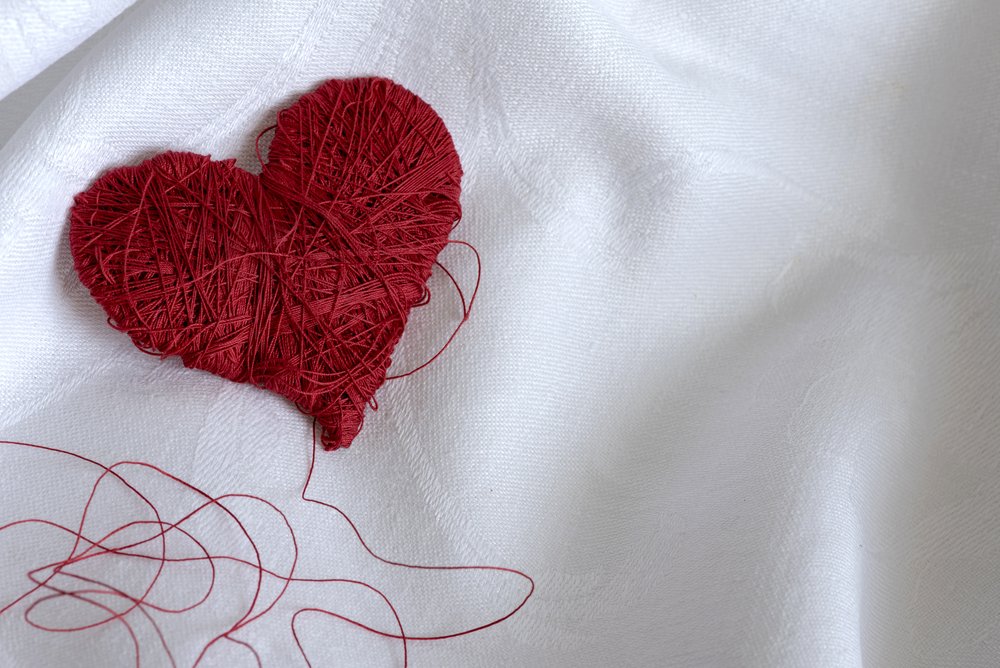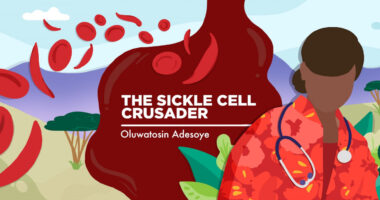First World Cord Blood Day on Nov. 15 to Highlight Cord Blood Uses, Stem Cell Research

The inaugural World Cord Blood Day on Nov. 15 this year will educate parents and healthcare professionals about the current uses for cord blood transplants, a non-controversial source of stem cells which have the ability to treat more than 80 life-threatening diseases, including sickle cell anemia.
To date, more than 35,000 umbilical cord blood transplants have been performed worldwide since 1988. In the emerging field of regenerative medicine, this approach holds great promise in treating autism, diabetes, stroke and many others. The procedure has also been performed in patients with thalassemia, lymphoma, and leukemia, among others. But umbilical cord blood is still thrown away as medical waste after most births across the world.
With the support of the nonprofit Save the Cord Foundation and Quick Specialized Healthcare, a company that specializes in the transportation of human blood and organs, World Cord Blood Day will educate parents and healthcare professionals about the alternatives to current practice and what is happening in this field of medicine.
Other partners of the inaugural event include the Cord Blood Association, Be the Match, World Marrow Donor Association (WMDA), AABB, and the Foundation for the Accreditation of Cellular Therapy (FACT). They will help by providing industry and medical expertise.
“We are truly excited about this opportunity to expand cord blood education worldwide while providing a platform for discussion focused exclusively on this valuable medical resource,” Charis Ober, executive director of Save the Cord Foundation, said in a press release.
Stem cell transplants are an increasingly viable option for children and young adults with sickle cell anemia and sickle cell disease (SCD). The results are excellent when the donor is a matched sibling (less than 5 percent mortality, 5 to 10 percent incidence of graft rejection, and about 90 percent SCD-free survival).
When a family with one SCD patient has the opportunity to have a healthy sibling serve as a stem cell donor, transplants seem to be as good as matched sibling bone marrow. Mothers of SCD patients expecting a child should be counseled and informed about the importance of saving their baby’s cord blood for potential transplant of the child with SCD.
There are public and private cord blood banks that offer free storage to families with medical needs like SCD that you can consider, and registries like Be The Match or Be The Cure to find unrelated donors.
World Cord Blood Day will additionally feature a free virtual conference. The program will include introductory presentations for the public as well as academic lectures specifically targeting healthcare professionals.
The event will also generate a social media campaign (#WCBD17) to help raise awareness for cord blood and its applications.






